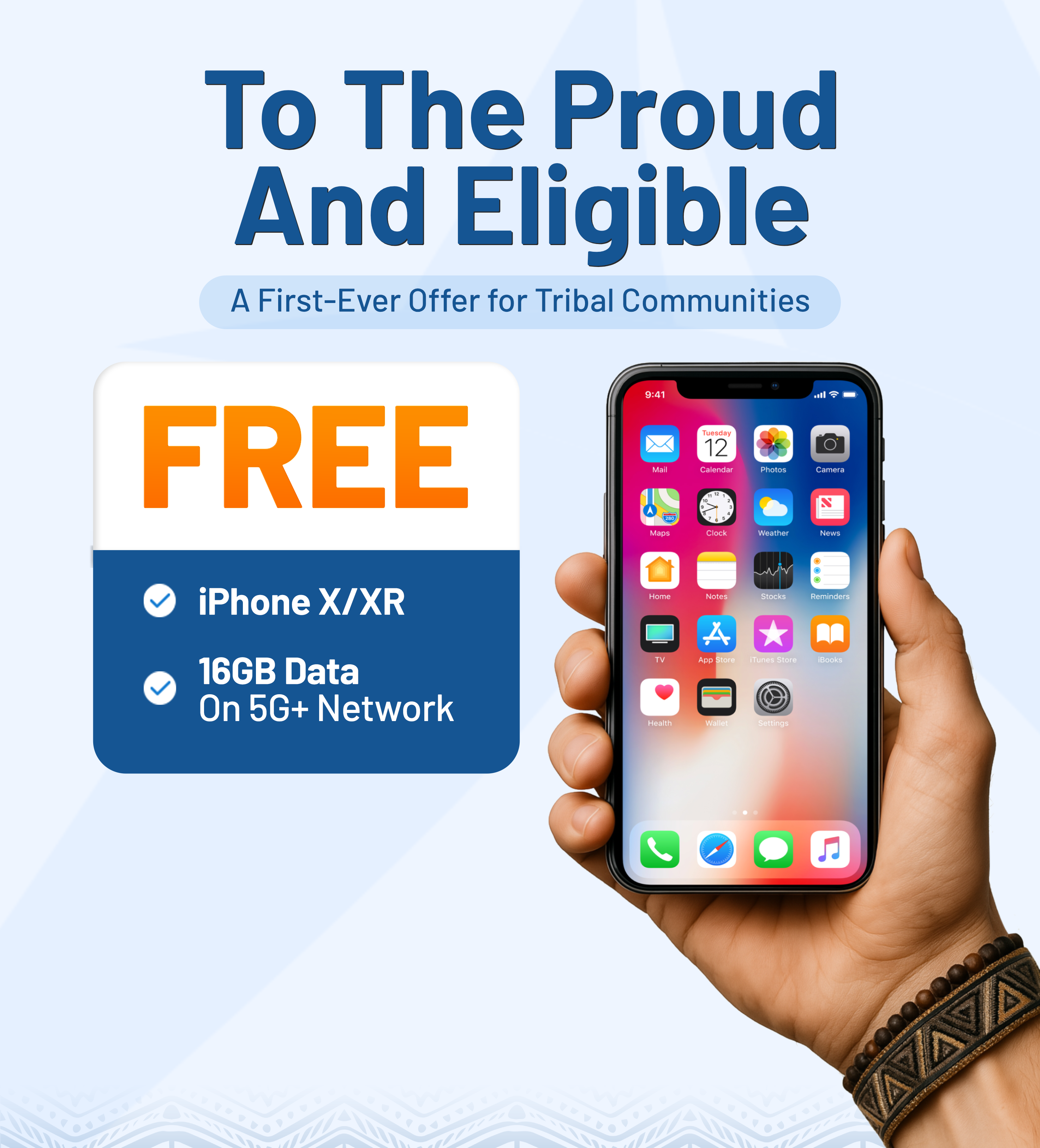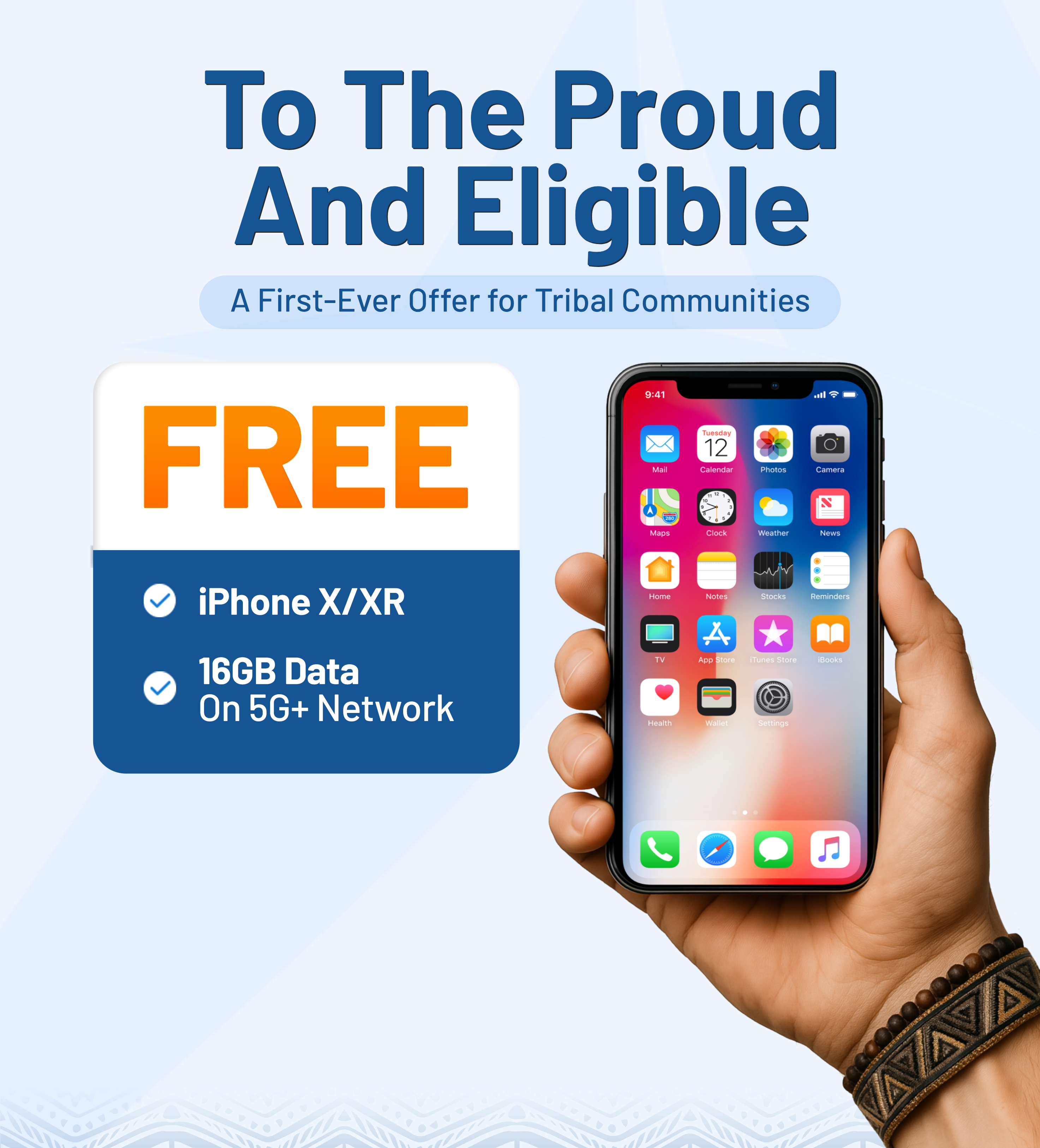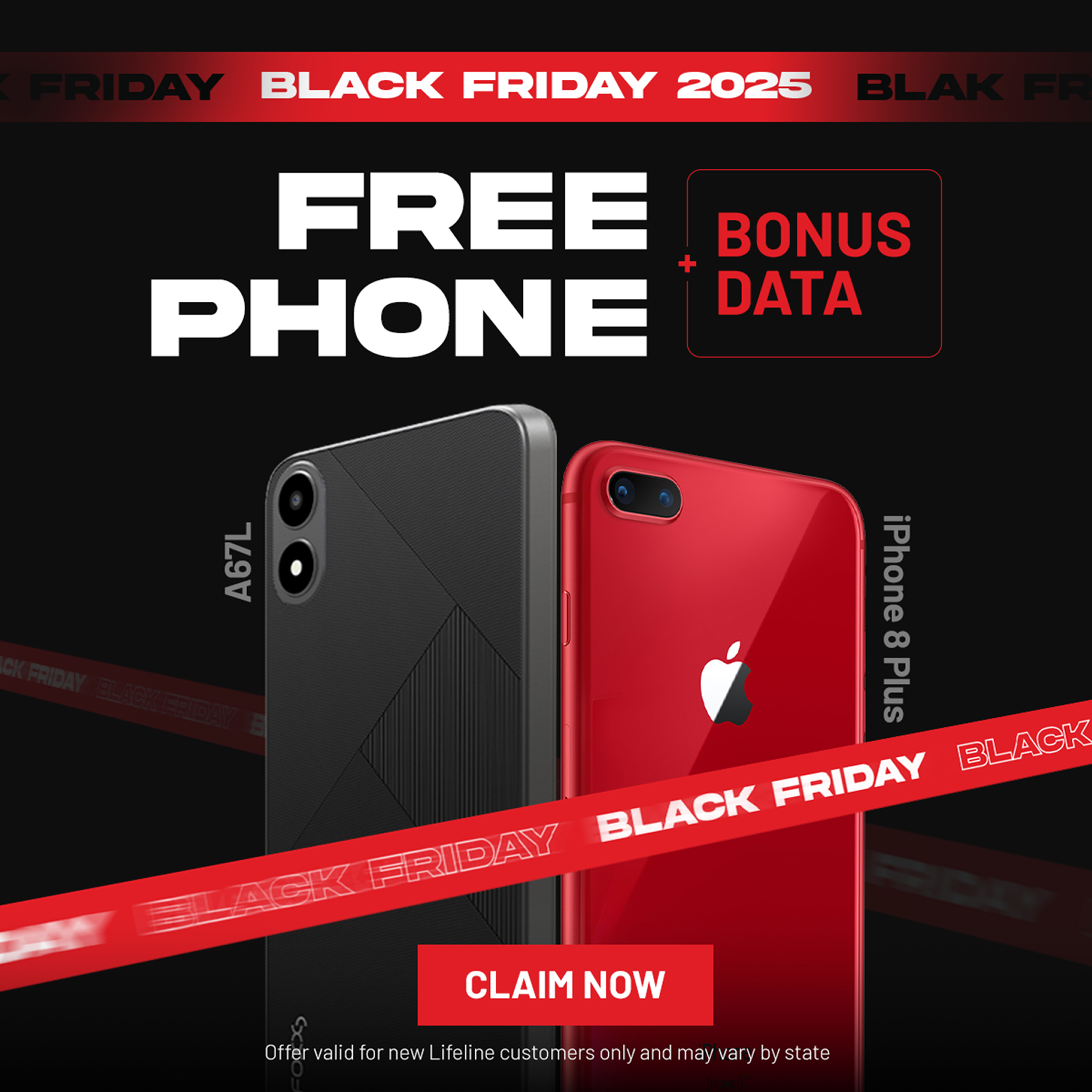Before using your EBT benefits for anything beyond groceries, do your research and know the rules. Protect yourself by understanding what your EBT card can and cannot be used for under SNAP and state regulations. Let’s take a closer look at one common question: Can I use EBT for car insurance?
1. Can I Use EBT for Car Insurance?
Basically, you cannot use EBT or SNAP benefits to pay for car insurance. SNAP benefits are intended only for purchasing food and groceries for household consumption.
However, if you receive SNAP benefits or are enrolled in other government assistance programs, you may still be eligible for special car insurance discounts.
Some insurance companies recognize that families receiving EBT are considered low-income and may offer reduced rates or special programs to help make coverage more affordable.
To find out if you qualify, contact your insurance provider and ask whether they offer discounts on car insurance for EBT holders or participants in government assistance programs.
They will explain what proof or documentation is needed to apply for these lower rates.
>>> Read more: How to Use EBT Card For Beginners
2. How To Get Cheaper Car Insurance for EBT Holders & Low-Income Drivers
How can low-income drivers afford car insurance when rates keep rising? In many cases, help is available through state programs, discounts, and special policies that make coverage more affordable.
2.1. State-Sponsored Low-Cost Auto Insurance Programs
Several states have created low-cost auto insurance programs to make basic coverage affordable for qualifying residents.
They represent a practical step toward improving road safety and financial security for working families.
For example:
California:
California Low Cost Auto (CLCA) Insurance program provides liability-only auto insurance at reduced cost for drivers in California who meet certain income & driving record requirements.
Some key requirements to qualify:
- Valid California driver’s license.
- Own a vehicle valued at $25,000 or less.
- Be at least 16 years old (if under 18 must be legally emancipated).
- Maintain a clean driving record or start fresh as a new driver.
- Meet income eligibility guidelines based on household size.
New Jersey:
Special Automobile Insurance Policy (SAIP) makes limited auto insurance coverage affordable for drivers with financial constraints.
It is available to individuals currently enrolled in Federal Medicaid with hospitalization.
Cost: $365 per year (or $360 if paid in full).
Coverage:
- Emergency medical treatment after an accident.
- Treatment for serious brain and spinal cord injuries (up to $250,000).
- A $10,000 death benefit.
Eligibility requirements:
- Must be enrolled in Federal Medicaid with hospitalization (eligibility verified by your Medicaid ID number).
- Only one vehicle per policy.
- Cannot apply if your license or registration is suspended or revoked.
Hawaii:
Hawaii provides free no-fault auto insurance to certain low-income individuals and households.
Coverage:
- Insurance is provided through Hawaii Joint Underwriting Plan servicing carriers.
- One vehicle per household is insured at no cost.
- Additional vehicles may qualify if used for work or medical visits (requires doctor’s statement).
- Vehicles must be used for personal, non-commercial purposes.
Eligibility Requirements:
- Must be receiving public assistance (cash aid, SSI, or certain medical services).
- Must have a valid driver’s license, or be a permanently disabled, unlicensed individual unable to operate a vehicle.
- Must be the sole registered owner of the vehicle.
- Must exhaust all other paid no-fault coverage before qualifying.
Check with your state’s Department of Insurance.

2.2. Compare Car Insurance Quotes
Before purchasing a policy, compare quotes from multiple insurers. Make sure you’re comparing the same coverage and terms across all insurers.
- Match coverage & deductibles: Ensure each quote has the same coverage type (liability vs. full) and deductible amount. A higher deductible lowers premiums but increases out-of-pocket costs.
- Use the same information: Provide identical driver, vehicle, and coverage details for every quote.
- Check discounts & payment options: Are there low-income-friendly payment plans, flexible schedules, bundling, safe-driver discounts, etc.?
- Evaluate insurer quality: Read reviews or ratings to see how each company handles claims and customer service. Cheap coverage isn’t valuable if support is poor.
- Compare side-by-side: Create a simple table listing each insurer’s premium, coverage limits, deductible, discounts, and payment options. Identify where you’re getting the best overall value.
Revisit your quotes yearly or after major life or vehicle changes to ensure you’re still getting the best rate.
2.3. Adjust Your Coverage
If your car is paid off and its value is low, consider dropping Comprehensive and Collision coverage.
These coverages pay to repair or replace your own vehicle and are the most expensive parts of a policy. If you can afford to replace the car yourself, removing them will lower your premium considerably. Only keep the state-mandated minimum Liability coverage.
However, you’ll pay out-of-pocket for any damage to or loss of your vehicle (accidents, theft, fire, vandalism, etc.). If your car is damaged or totaled and you can’t easily afford to replace it, you could be without transportation.
2.4. Get the Most Out of Common Car Insurance Discounts
Ask every insurance company you get a quote from about every possible discount.
Common discounts:
- Multi-policy/bundling: Combine your car insurance with another policy, such as renters insurance.
- Safe driver/clean record: Maintain a clean driving record (no accidents or tickets) for a set period.
- Defensive driving course: Complete an approved defensive driving course.
- Good student: Available for drivers under 25 who maintain good grades.
- Low mileage: If you drive significantly fewer miles than the average driver.
- Preferred payment: Pay your premium in full annually (if possible) or enroll in automatic payments.
- And more.
2.5. Consider Pay-Per-Mile Car Insurance for Low-Mileage Drivers
If you own a car but drive infrequently, pay-per-mile car insurance could save you money. Pay-per-mile insurance charges you based on how much you drive. Your total premium changes monthly, depending on your mileage.
Despite the difference in billing, pay-per-mile plans usually offer the same coverage options as standard car insurance (liability, collision, comprehensive, etc.).
To know for sure, get quotes from both traditional and pay-per-mile insurers, then compare total annual costs using your average mileage.
Choose the option that gives you the lowest consistent rate for your driving habits.
If the insurance cost is still high, consider whether you can rely on other means of transportation temporarily. Check for free or reduced bus and subway passes available through local government or community programs.
If you live in an area with ride-sharing, this might be a cheaper solution than full-time car ownership.
>>> Read more: EBT Discounts (Public transit discounts, free admissions, etc.)
3. Can Your Car Affect SNAP Benefit Eligibility?
Your car payment itself does not directly affect your SNAP eligibility, but the value of your vehicle may play a role depending on your state’s rules.
SNAP eligibility is primarily based on household income and resources (assets). Vehicles can count as assets, but there are key exceptions. States determine how to treat them. Many states exclude all vehicles regardless of value.
Since rules differ by state, check your local SNAP office or state policy to see whether vehicle value affects eligibility where you live.
4. How Lifeline Can Help EBT Cardholders Stay Connected
The federal Lifeline program helps EBT cardholders and other qualifying low-income individuals save money on phone and internet service.
Your strategy to stay connected on a budget? Check your eligibility and apply online through AirTalk Wireless!
Lifeline offers up to $9.25 off your monthly bill (or $34.25 if you live on Tribal lands), and AirTalk Wireless even includes a discounted or free smartphone, tablet, or smartwatch, along with unlimited talk and text, and free international calling to 200+ countries and territories.
Before you pay your next phone or internet bill, make sure you’re not missing out on benefits you already qualify for.
FAQs
Can I use food stamps to pay for car insurance online?
No. SNAP/food stamps cannot be used for car insurance. If you are struggling to afford car insurance, consider looking into state-sponsored low-cost auto insurance programs (such as those in California or New Jersey).
Can I get a discount on car insurance if I’m on SNAP or EBT?
You can’t use SNAP benefits to pay for car insurance. However, you may still be eligible for special car insurance discounts from some insurance companies for EBT cardholders or those considered low-income.
Conclusion
Although EBT benefits can’t be used directly to pay for car insurance, expanding programs that offer EBT-related discounts could greatly help low-income families. These discounts help families save on essentials like food or housing.


